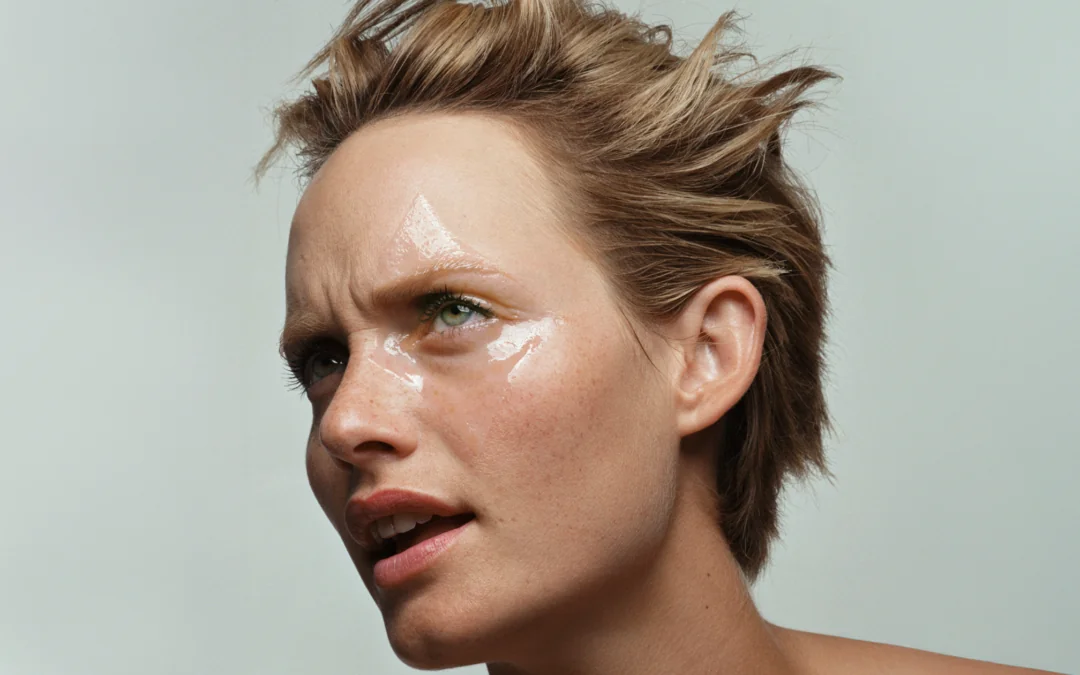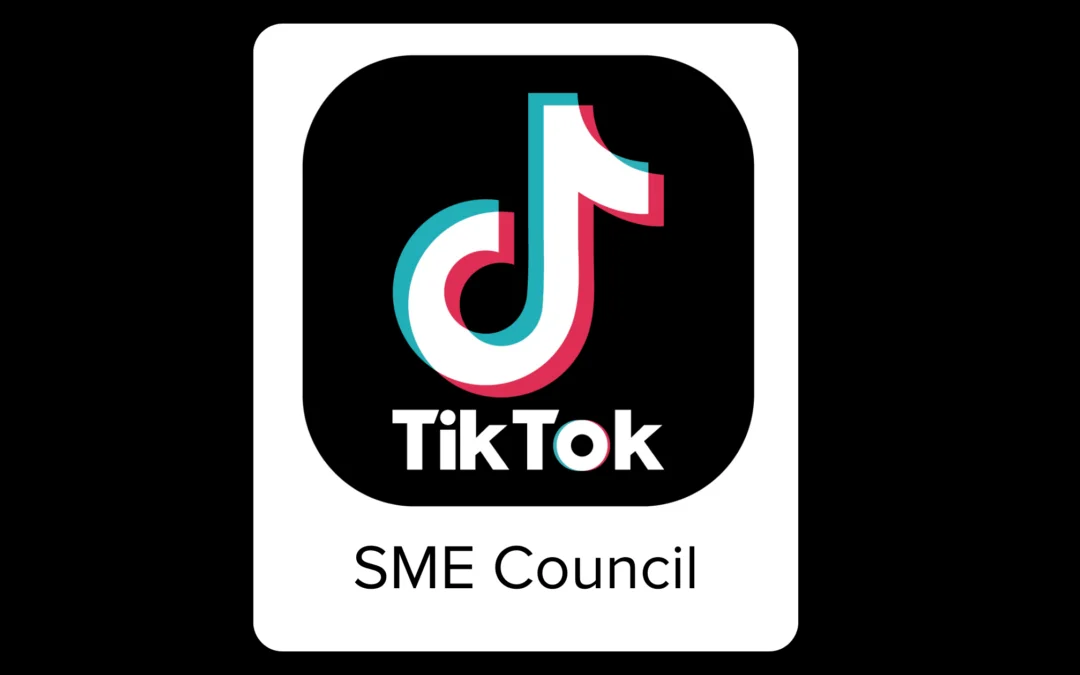Global solutions group A Plastic Planet has launched an online design tool, PlasticFree. The platform showcases unique plastic-free alternatives in order to ‘catalyse global systematic change’.
Here, co-founder and Sustainable Beauty Coalition Steering Committee member, Sian Sutherland unpicks her aims, inspirations, and benchmarks for the platform
‘Plastic is last century’s material. We have used something permanent and indestructible to house and make temporary products,’ started Sutherland on the launch of PlasticFree last week.
Designed to empower 160 million global creatives, the digital tool enables brands to rethink packaging, textiles and products. From showcasing existing unique end-of-life strategies to unpicking an extensive library of regenerative, toxin-free, nutrient-rich materials, the platform encourages designers to create what’s next.
Covering materials, dyes, packaging, and formulations, the website provides trusted insights into solutions for the beauty and fashion industries. Importantly, every innovation that’s featured is as inspirational as it is future-proofing. ‘Sustainable products have not been created in alignment with the components of luxury, which is what beauty the experience is all about,’ explains Sutherland, who believes that until planet-friendly products are equally as aesthetic to their competitors, consumers simply won’t fully invest into the system.
‘Imagine a day when we open our beauty cabinets and everything in them looks gorgeous and fully sustainable. Well, that day is coming very fast and we hope that PlasticFree will be a loudspeaker and global catalyst to help achieve that,’ she continues.
With a diverse and adept knowledge of ‘good design’ thanks to experience working in advertising, film production and brand creation design agencies; Sutherland knew she had to harness leading innovators to make PlasticFree work.
Enter, a council of leading creatives who have lent their expertise to the platform. Thomas Heatherwick; Sir David Chipperfield; Tom Dixon; Shaway Yeh and Skylar Tibbits of the Massachusetts Institute of Technology are among the 40 champions of PlasticFree. But, why was it so important to highlight them?
‘We live in a world of influencers,’ notes Sutherland. ‘Everybody who is in the world of design and creativity wants to know that their leaders think that PlasticFree is good. Heatherwick is a personal hero of mine – to know that he believes the platform that should exist is really powerful.’
The website features 125 case studies, from five continents, which spotlight examples where alternative materials have been used to make existing products and systems better. By offering ‘the most discerning, most promiscuous audience’ with visual resources and proof points for packaging solutions, the PlasticFree team hopes to ‘educate, inform, and ignite inspiration’ in the designers of today and the future.
‘Right now, I don’t think there is a designer on the planet that went to design school to make branded trash – they don’t want to be complicit in the problem anymore,’ says Sutherland who hopes the subscription-based platform will also streamline supply chains. Once designers have joined the platform, they will be able to link with manufacturers via a co-working space and IRL events.
The biggest feat facing beauty packaging designers currently? Sachets.
According to Sutherland, Unilever produces approximately 46 billion plastic sachets every year, and 855 billion plastic sachets are sold every year, enough to cover the entire surface of Earth. Because of this, they have become one of the most polluting plastic packaging found on beaches.
The hope is that PlasticFree will drive designers to find the alternative. ‘The world of flexible packaging – pouches, refills, and sachets – is the holy grail. The technology that will fix the humble sachet will be phenomenal for fixing everything else,’ continues the co-founder.
Designers should be working even harder to now, more than ever, to find new technology. Particularly because the Department for Environment, Food & Rural Affairs is carefully considering the banning of sachets in its next wave of single-use-plastic regulation.
One of the biggest hurdles facing the adoption of increasingly planet-friendly solutions is the scalability of new practices. That’s why the PlasticFree team is compiling editorial content that is designed to inspire ‘the big guys’. ‘We haven’t got time, to wait for the conglomerates to acquire the indie brands that are doing the right thing and adopt their practices. If it isn’t viable for the big business to change, we are putting lipstick on a pig,’ Sutherland shares candidly.
With this in mind, the founders of the platform have set themselves the benchmark of eradicating one trillion pieces of packaging by 2025, which Sutherland states is: ‘completely doable for us – I hope we will massively exceed it’.
According to PlasticFree, this will shift will only begin when brands, designers, and consumers all start to think of plastic as a permanent material. After all, 91% of the plastic that’s ever been made still exists today, unless it’s been burnt and becomes fossil fuels.
The other issue holding designers back is the amount of greenwashing taking place within their community. Sutherland explains that most designers learn about materials from Google and Pinterest, which are ‘minefields of misinformation, particularly in the worlds of plastics’. ‘PinaTex, and other bio-plastics, might feel like a foot on the ladder but they still contain plastic. If a material is a chemically modified polymer, whatever its origin, we don’t consider it plastic-free,’ says Sutherland.
That’s why these particular materials are categorised as ‘transitional materials’ on the site. It’s important to the PlasticFree team that, on top of providing fact-checked content, materials are carefully analysed. Even though they might be a designer’s first-step solution to a more sustainable product, doesn’t mean they are the best.
Sutherland’s final words of wisdom? ‘Everything starts with design. If we can empower the design community, we can design waste out of the system so that we don’t have pollution to talk about. Join this movement and know when we come together as a creative industry that we can make an unbelievable impact.’
Find out more about PlasticFree here.





